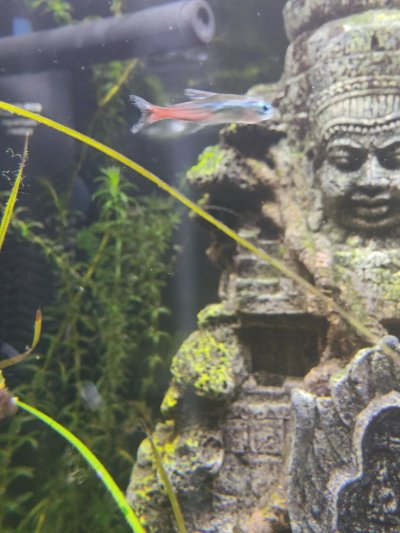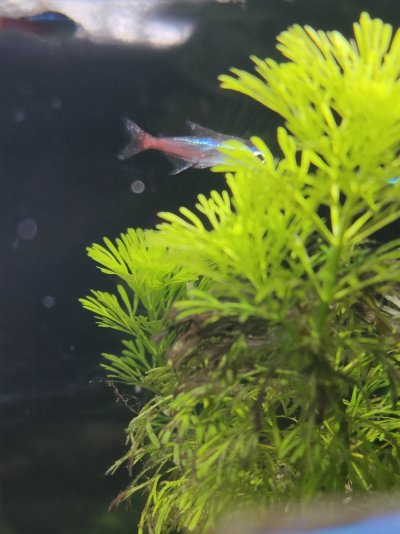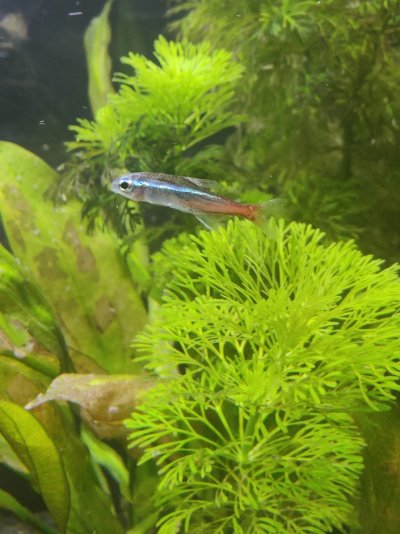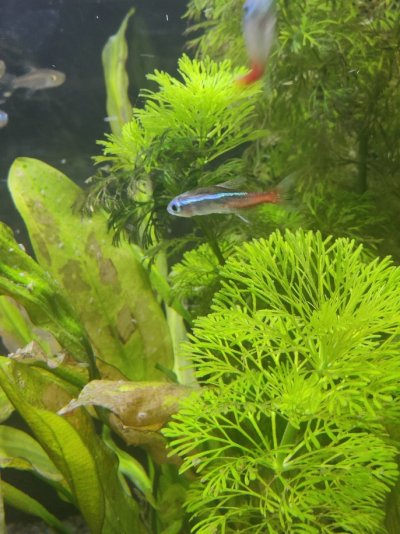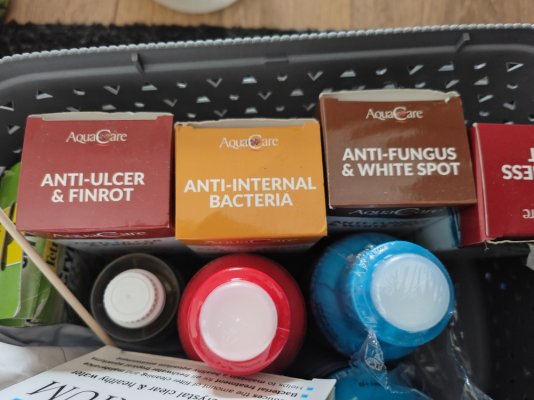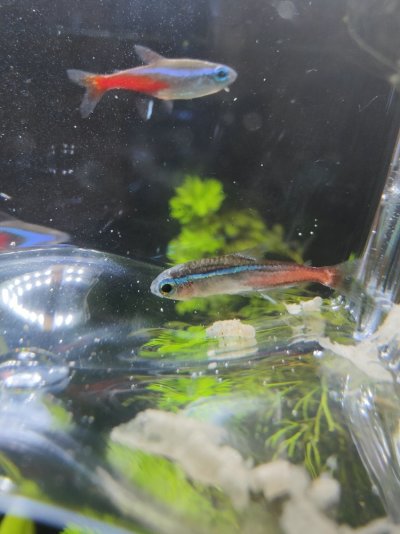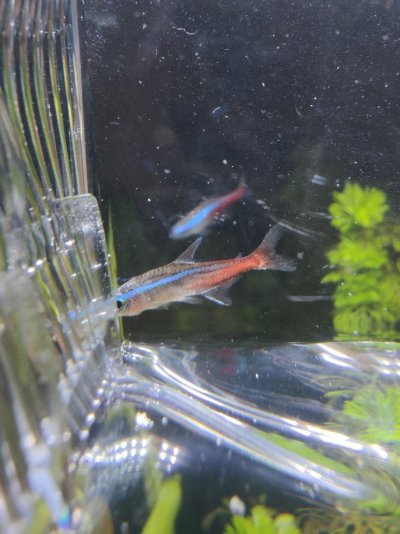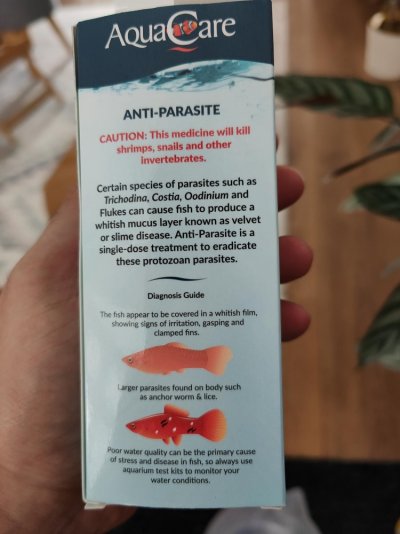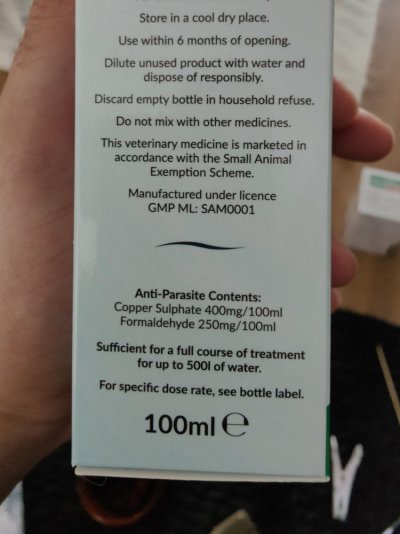It's not neon disease. That kills fish quickly (within a few days of showing symptoms) and they stop eating when infected.
It either has gill flukes, intestinal worms or a microsporiodian infection. Maybe even a combination of the first two (gill flukes and worms).
I would deworm all the fish and see if it helps, (see directions below). If not, then add some salt, it normally treats gill flukes and microsporidian infections.
You should feed the fish more often for the next month or two so it can build up some reserves and replace any blood it's losing due to the worms or flukes. Feed the fish 3-5 times a day and let it eat as much as possible.
Do water changes and gravel clean the substrate more often (50-75% every day or every second day) when feeding more often.
Make sure any new water is free of chlorine/ chloramine before it's added to the tank.
----------------------
DEWORMING FISH
Intestinal Worms like tapeworm and threadworms cause the fish to lose weight, continue eating and swimming normally, and they usually do a stringy white poop, but not always. Fish can do this for months and not be too badly affected. In some cases, fish with a bad worm infestation will actually gain weight and get fat and look like a pregnant guppy. This is due to the huge number of worms inside the fish.
You can use Praziquantel to treat tapeworm and gill flukes. And use Levamisole to treat thread/ round worms. If you can't find these medications, look for Flubendazole, which treats both lots of worms.
In the UK look for:
eSHa gdex contains praziquantel that treats tapeworm and gill flukes.
eSHa-ndx contains levamisole and treats thread/ round worms.
NT Labs Anti-fluke and Wormer contains flubendazole.
Kusuri wormer plus (contains flubendazole) - sold mainly for discus, comes as a powder which is quite hard to dose in smaller tanks
Sera nematol (contains emamectin)
Remove carbon from filters before treatment and increase aeration/ surface turbulence to maximise oxygen levels in the water.
You treat the fish once a week for 4 weeks. The first treatment will kill any worms in the fish. The second, third and forth treatments kill any baby worms that hatch from eggs inside the fish's digestive tract.
Treat every fish tank in the house at the same time to prevent cross contamination.
You do a 75% water change and complete gravel clean 24-48 hours after treatment. Clean the filter 24 hours after treatment too.
Do not use the 2 medications together. If you want to treat both medications in a short space of time, use Praziquantel on day one. Do a 75% water change and gravel clean the substrate on day 2 & 3. Treat the tank with Levamisole on day 4 and do a 75% water change and gravel clean on day 5, 6 & 7 and then start with Praziquantel again on day 8.
The water changes will remove most of the medication so you don't overdose the fish the next time you treat them. The gravel cleaning will suck out any worms and eggs that have been expelled by the fish. Repeating the treatment for 3-4 doses at weekly intervals will kill any worms that hatch from eggs. At the end of the treatment you will have healthier fish.


